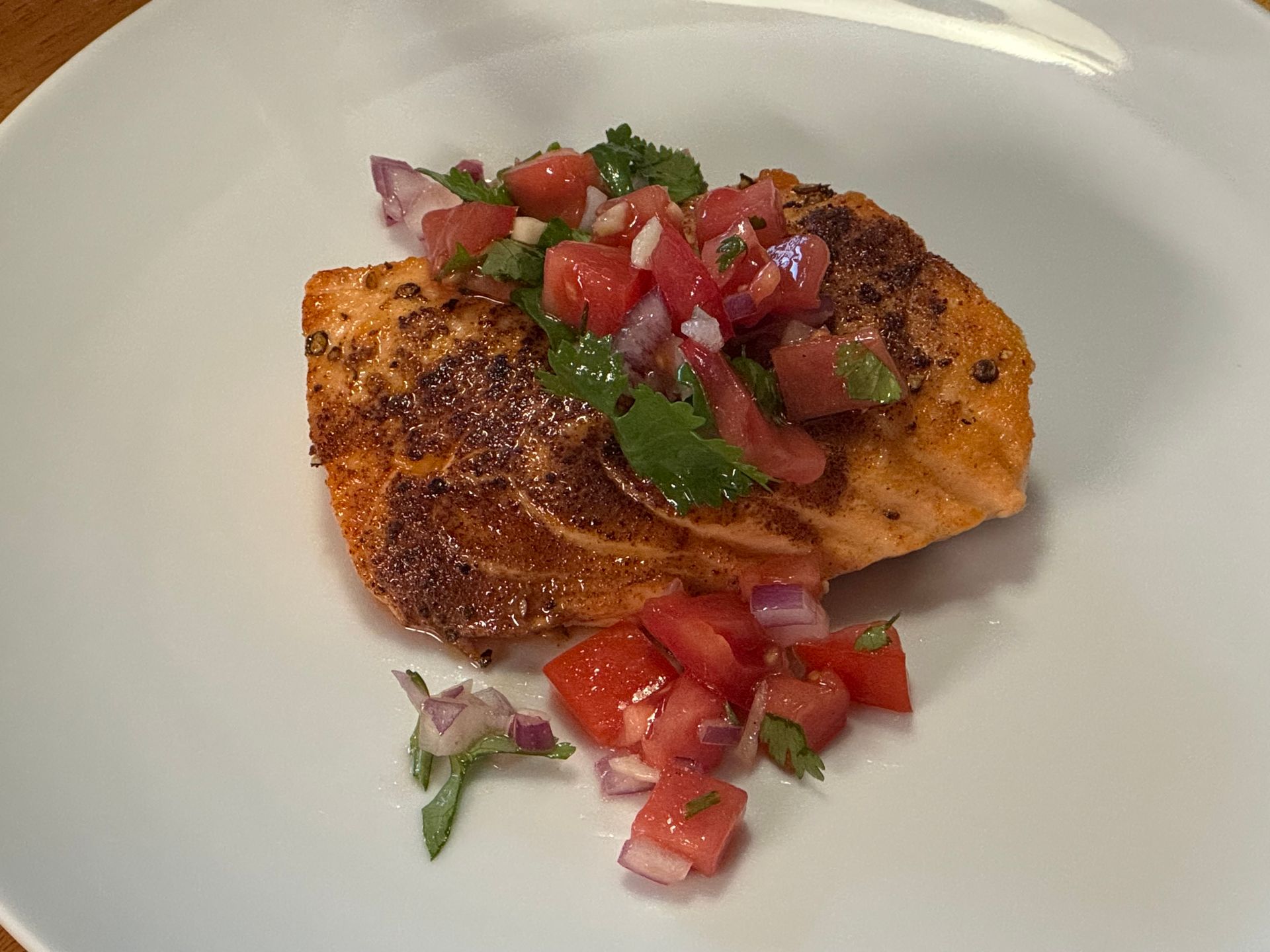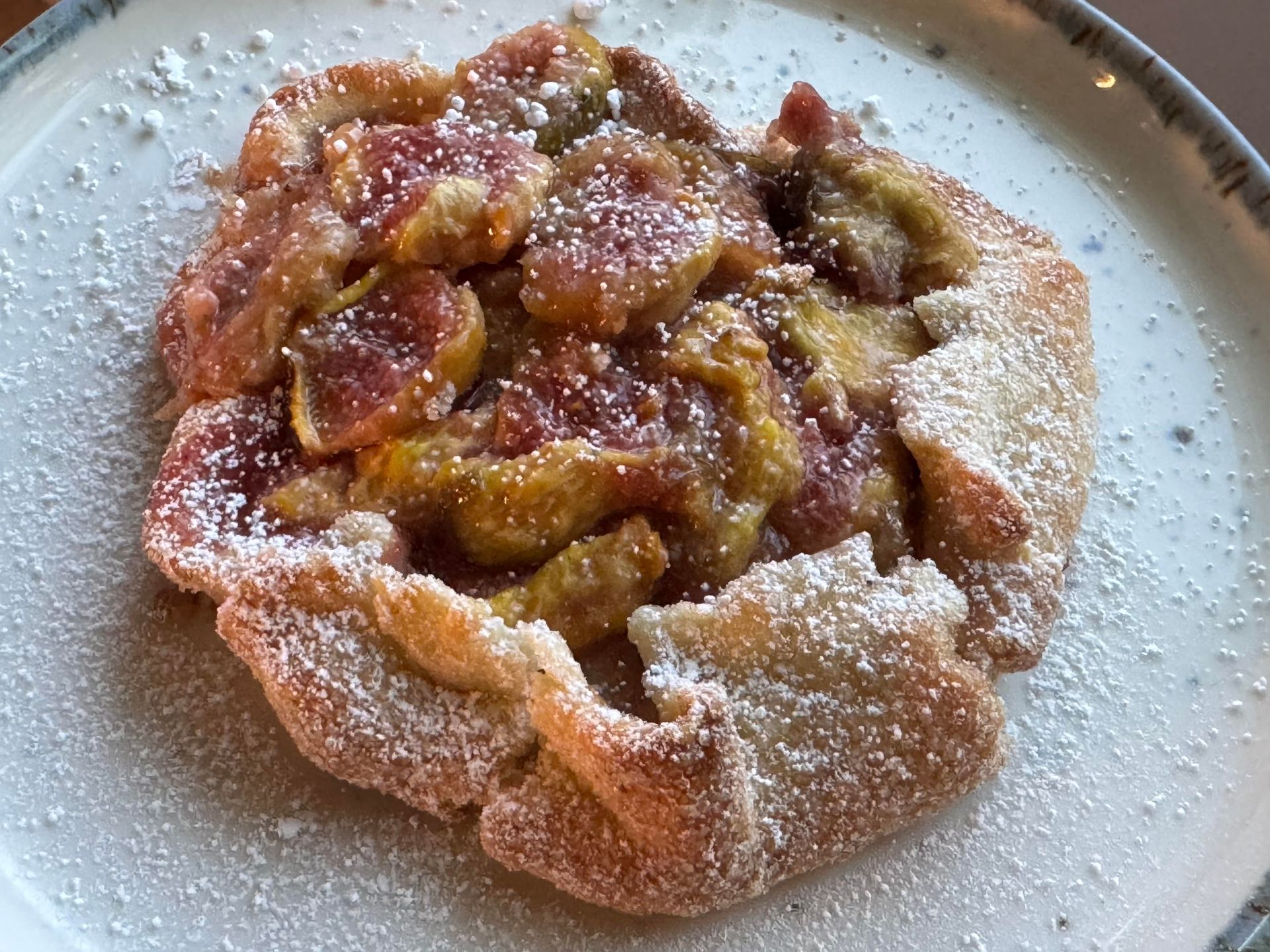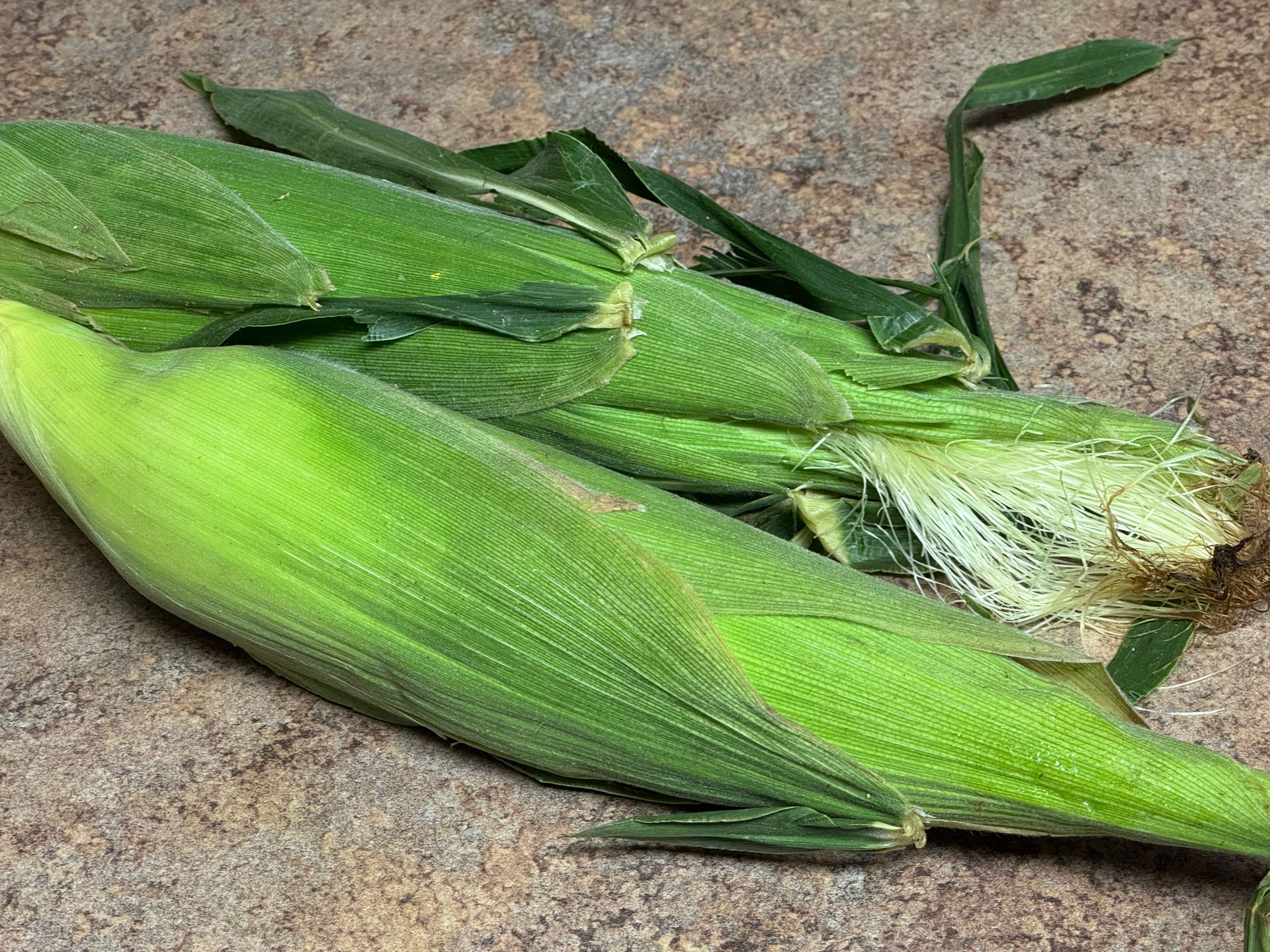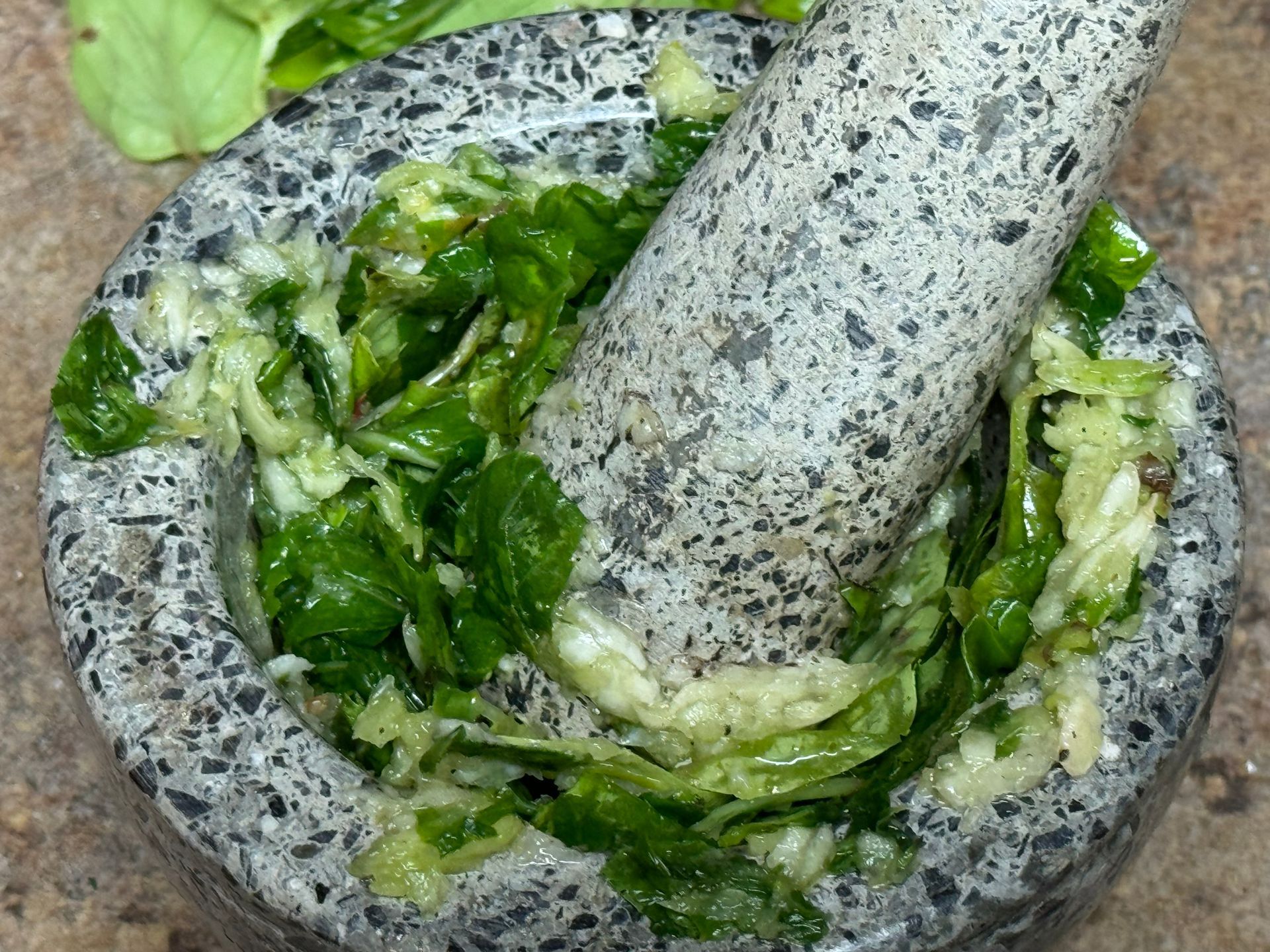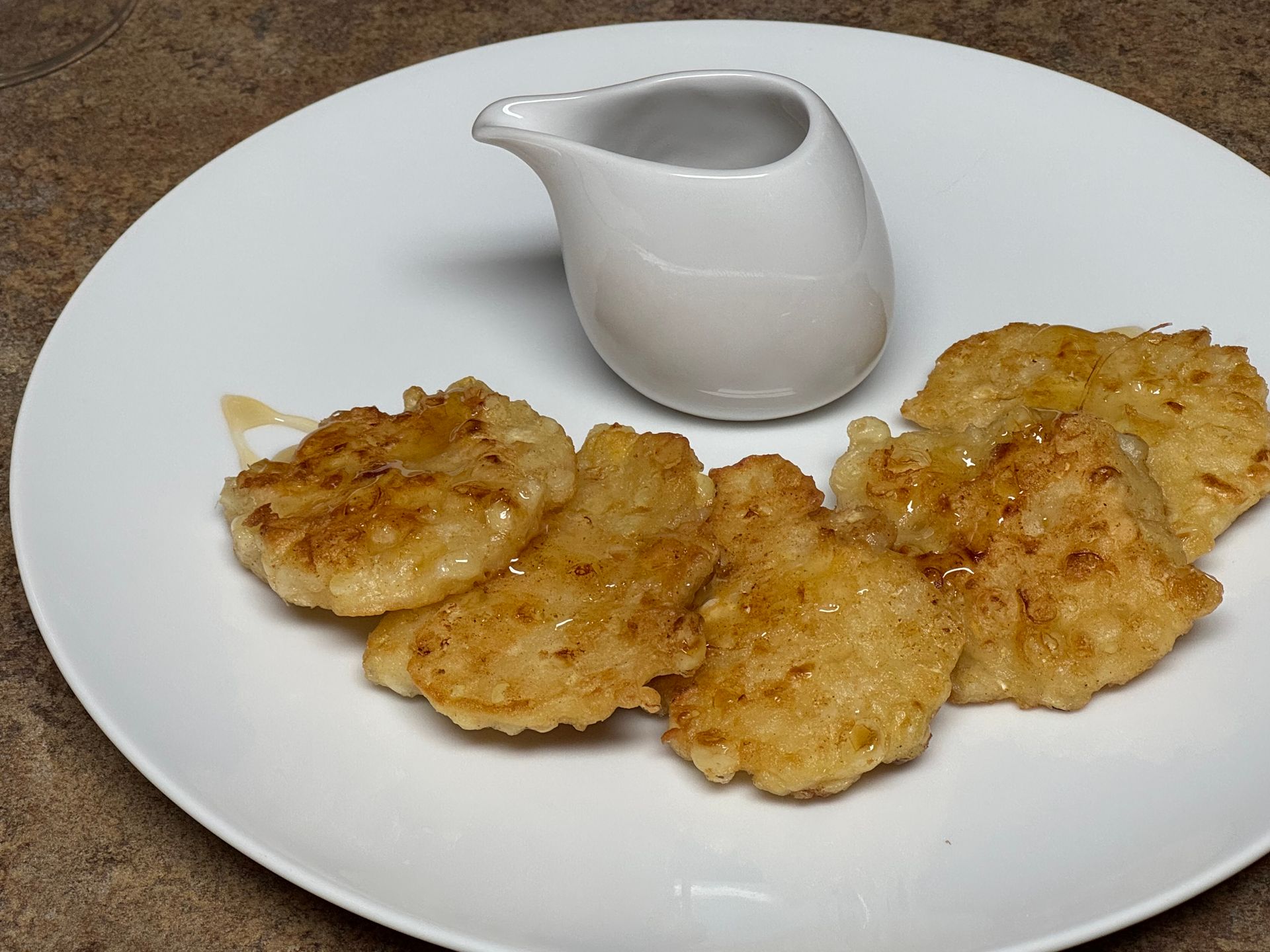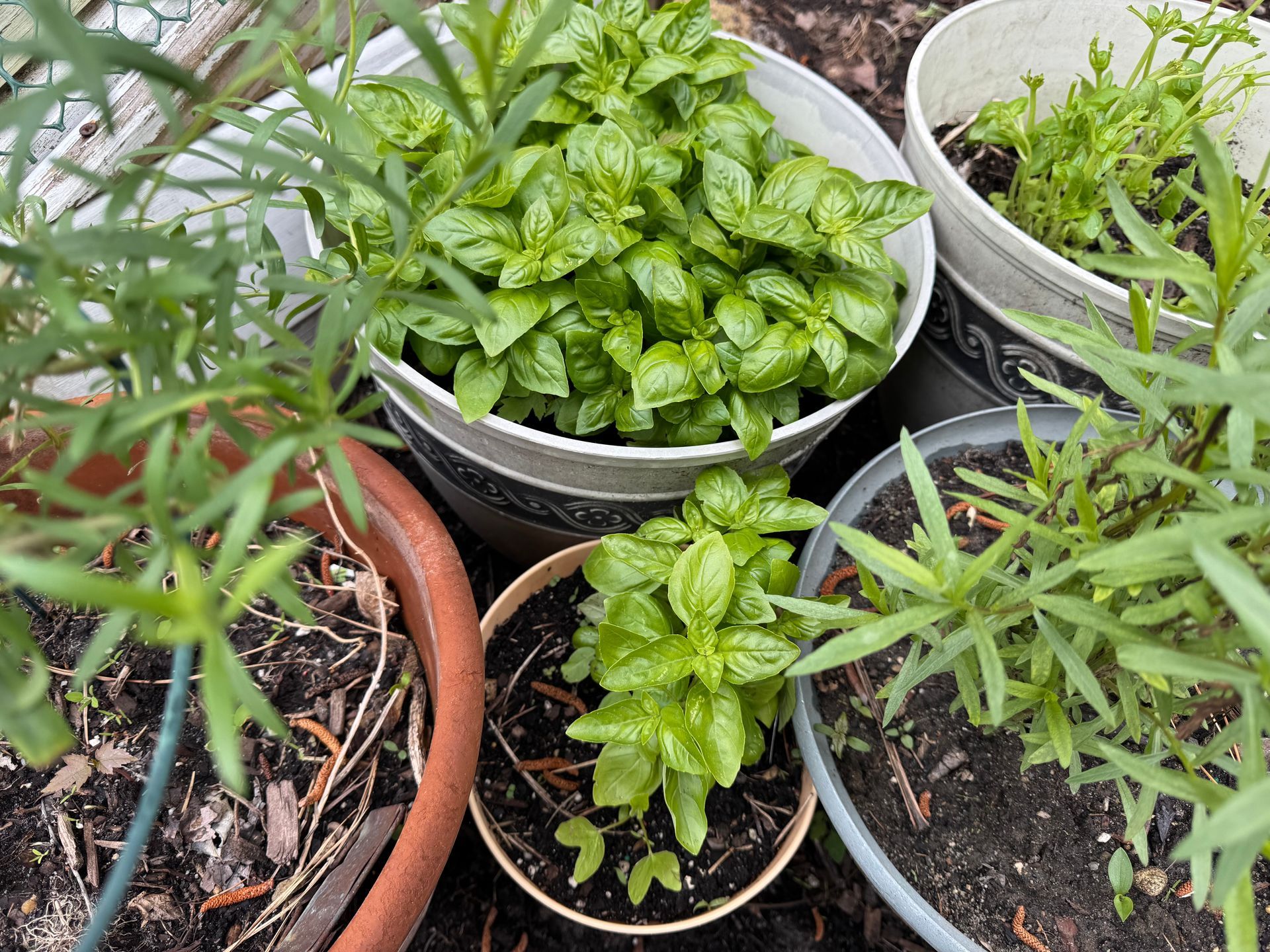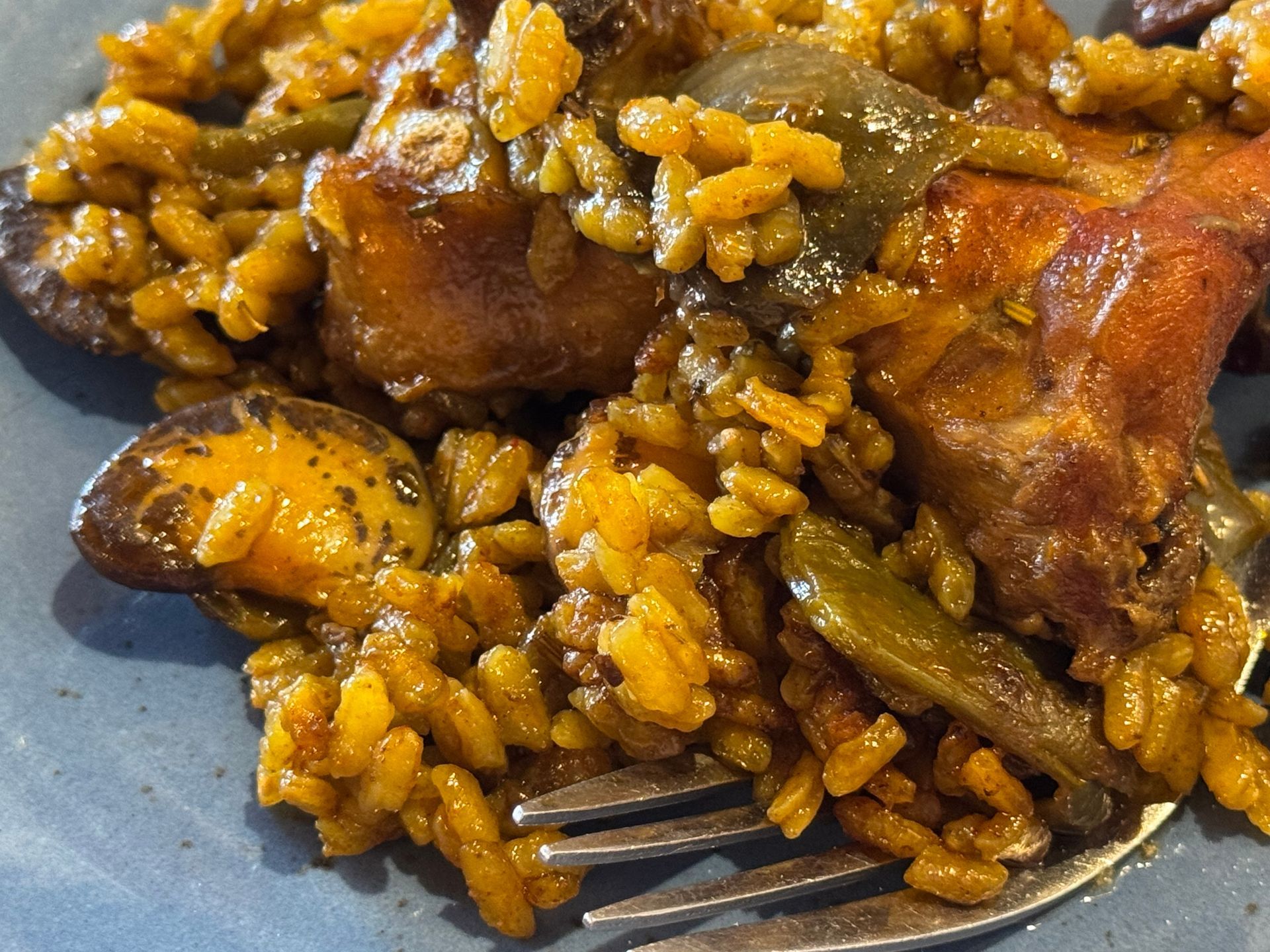The Art of Menu Engineering: Boosting Profitability Without Sacrificing Quality
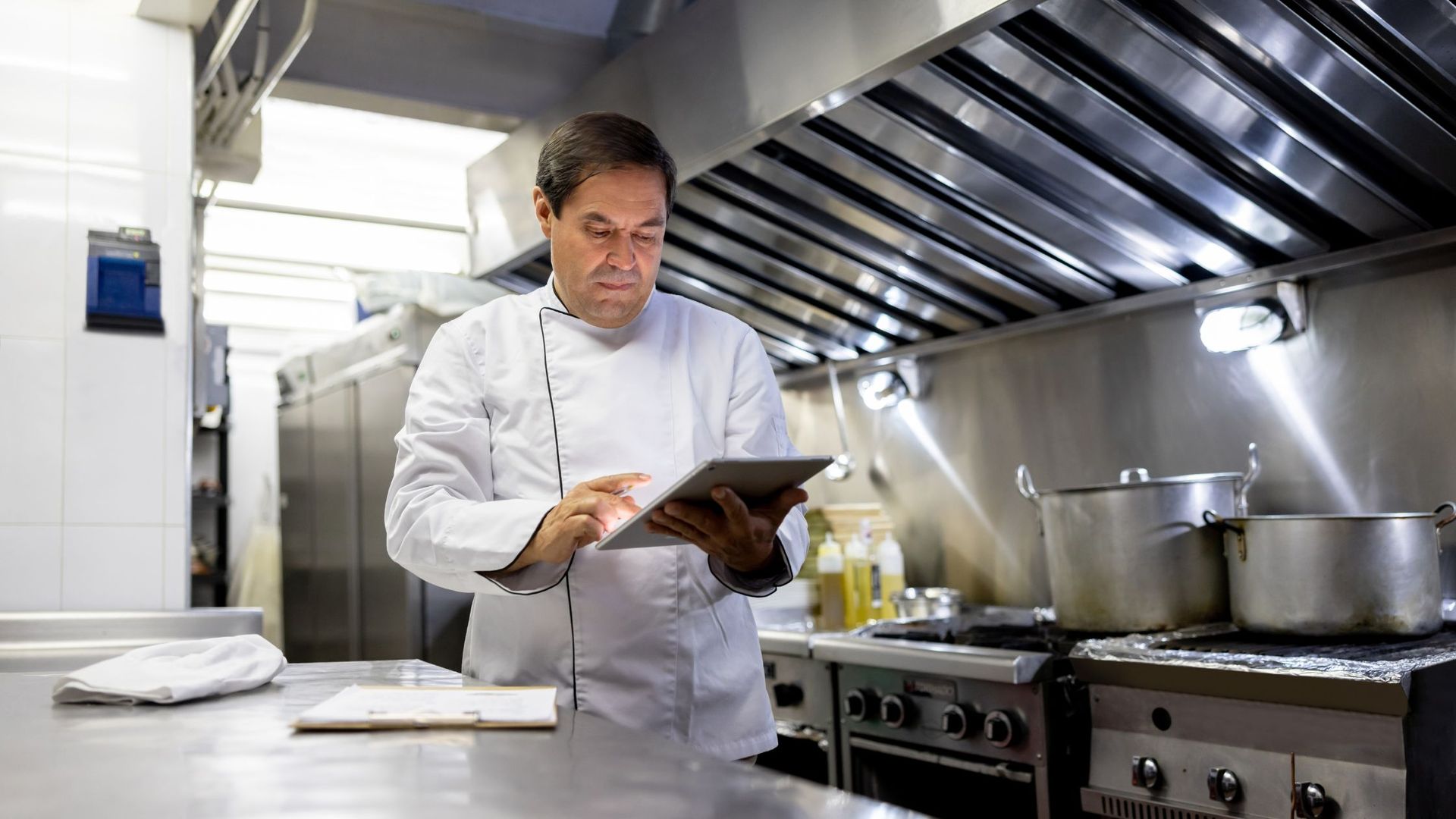
When you’re running a restaurant, developing your menu is extremely important; it’s the core of your business strategy. Done right, menu engineering can enhance customer satisfaction, attract new, loyal customers, streamline operations, and most importantly, boost profitability.
Today, I’m sharing actionable insights to help you make your menu a powerful tool for success.
What is Menu Engineering?
Menu engineering is a strategic approach to designing your menu with profitability and customer satisfaction in mind. It’s about balancing creativity, cost, and operational efficiency to craft a menu that works for your business and your guests. This begins long before your chefs prepare the first meal.
At its heart, menu engineering considers three main pillars:
- Understanding who your customers are.
- Balancing profitability with labor intensity, equipment limitations, hubris & culinary artistry.
- Ensuring operational alignment.
Let’s walk through how to bring these principles to life.
1. Start with Your Customer
Understanding your customers is step one. Who are they, and what do they want from their dining experience? Do you wish to attract different types of customers in addition to your loyal customer base?
For instance, if your restaurant serves a mix of families on Sunday and sports fans on Monday night, your menu should reflect both needs. Avoid trying to be everything to everyone. A menu that’s clear and focused builds trust and loyalty. Consistency is key here—whether it’s a signature burger or an artisan pasta, customers should know they can count on the same great dining experience every time.
When I worked at Campbell’s, we created a soup line based on a variety of different, named personas. One of my favorites was a busy mom looking for quick, healthy meals for her family. Every decision—ingredients, nutritionals, price point, even packaging—was made with her in mind. The result? One of the all-time most successful launches.
We can apply the same principle to your menu. Create a persona for your ideal diner or diners and design your offerings around their needs and preferences.
2. Create for Your Kitchen, Not Against It
An ambitious menu is only as good as your team’s ability to execute it. I’ve seen restaurant teams struggle with dishes that require equipment or expertise they simply don’t have. Instead of adding stress and grind, let your chefs, cooks, equipment, seating capacity, etc. dictate the boundaries of your menu.
For example:
- Don’t have al forno ‘wood-fired’ style appetizers, entrees or pizzas on your menu if you lack a wood-fired oven.
- Balance dishes with varied labor demands; pair high-effort entrées with other, simpler entrees as well as appetizers, sides and desserts.
This approach saves time, minimizes errors, and ensures every dish leaving the kitchen meets your standards.
3. Balance Profitability and Creativity
Every menu item needs a purpose. That’s where a profitability analysis comes in. I remember learning this important concept years ago as a student studying restaurant menu design, divide your menu into four categories:
- Stars: Popular and profitable. Keep them prominent.
- Plow Horses: Popular but low-profit. Consider adjusting pricing or portion sizes.
- Puzzles: High-profit but low popularity. Promote these strategically.
- Dogs: Low-profit, low-popularity items that may need to be retired.
This data-driven strategy allows you to make smart, well thought out decisions about your menu selection and ensures your menu serves your bottom line without sacrificing quality or creativity.
4. Standardization is Non-Negotiable
The discipline of consistency keeps customers coming back. It’s essential that every dish is prepared the same way every time, every time. Standardized recipes with precise ingredient lists, portion sizes, and cooking techniques ensure quality and streamline training for your kitchen team.
Here’s an example: if your signature soup relies on a deep caramelization of onions, every chef must understand what that looks and tastes like. Skipping steps compromises the experience, and guests notice and may not come back.
Another example is that everything should look and taste the same regardless of who is cooking on the line that day. Some cooks take the liberty of adding their own personal touch, changing the cost, flavor and appearance of a component.
5. Leverage the Power of Customization
Today’s diners expect options, from plant-based swaps to gluten-free alternatives.
A menu that offers customization can cater to diverse preferences without overcomplicating operations. Think of customizable bowls, mix-and-match proteins, or different sauces for a classic entrée. This is challenging and sometimes simply not possible, but having the mind-set that you are a restaurant that is willing to customize components for special diets, allergies, etc. gets you appreciative, loyal customers. And often you can upcharge. It has to make sense.
Additionally, your front-of-house staff plays a critical role. Hold regular tastings so servers understand your menu and know which items to recommend.
6. Include Specials Strategically
Specials offer your chefs their outlet for creativity and keep your menu interesting. It’s very important that the ‘specials’ are in fact special! These menu choices should be seasonally relevant, operationally feasible, and profitable.
Too often, specials are leftovers, or inspired concepts thrown together without a strategy, leading to unnecessary stress in the kitchen and the dining room. Plan these with the same care as your core menu items to add variety and enjoyment for your customers and staff .
7. Emphasize Freshness, Safety, and Training
Guests now expect food that’s not just delicious but also fresh and safe. This means training your team in proper food receiving and storage, preparation, and handling. Adding and following disciplined, systematic guidelines to food safely to reduce the risk of foodborne illness such as rotating stock (FIFO—first in, first out) and (HACCP-Hazard Analysis and Critical Control Points) keeping ingredients out of the “danger zone” ensure both quality and safety.
One of the most effective tools for ensuring food safety is an HACCP plan (Hazard Analysis and Critical Control Points). This systematic approach focuses on identifying, evaluating, and controlling food safety hazards throughout every step of the food production process.
Incorporating an HACCP plan into your restaurant operations isn’t just a back-of-house responsibility—it can influence menu design itself. For example:
- Avoid dishes with high-risk ingredients (e.g., raw shellfish) if you lack the infrastructure to handle them safely.
- Streamline your menu to focus on items that are easier to control and store.
- Consider purchasing proteins such as raw chicken, as ‘sous vide’ to minimize cross contamination or salmonella.
- Highlight food safety on your menu subtly—words like “fresh,” “clean,” or “locally sourced” instill confidence in guests.
- Consider using colored cutting boards to decrease bacteria in food and potentially dangerous cross contamination. The colors of the cutting boards match the foods you should use them for:
- red boards are for preparing red meat
- green for fruit and vegetables
- yellow for raw poultry
- blue for fish
- Provide HACCP training as a part of food safety for your staff.
8. Menu Presentation: More Than Just Words
The layout of your menu impacts what guests choose. Use visual cues to guide diners to your most profitable items. Highlighting dishes using descriptions that tell a story, or including a chef’s note can help draw attention where it matters most. Many restaurants list the farms where fruits, vegetables, honey, proteins etc.. are sourced from on their menu!
A detailed discussion of menu design is beyond the scope of this article, but there is a lot of great information online for diving into this topic.
9. Periodic Evaluation is Key
Your menu isn’t static. Schedule regular reviews and audits to ensure it remains aligned with customer preferences and operational realities. Analyze sales data, monitor customer feedback, and adjust accordingly.
And don’t forget to ask your staff; employees generally have a lot of first-hand experience of customer’s feedback. They are your most valuable resource.
Final Thoughts
Menu engineering is more than a cost-cutting exercise or an aesthetic overhaul—it’s about creating a seamless experience that delights your guests while driving profitability. And it’s an ongoing process, not a one-time event.
At TWG Consulting, we specialize in helping restaurant owners like you refine their menus for success. By focusing on the details that matter, from standardization to strategic presentation, you can turn your menu into your most valuable asset.
Ready to transform your menu? Let’s start with understanding your unique needs and building something exceptional together.

